The project
Medical Review Auschwitz project is developed as a platform for international academic discussion on the medical aspects and consequences of the Nazi German persecution in the concentration camps, including the history of physicians’ involvement in the Holocaust on the one hand, and on the other the heroic stances of prisoner doctors and other medical practitioners interned in the camps who acted in defiance of the machine of genocide, as well as the implications of the wartime medical history for present-day bioethics and medical practice.
The journal
Medical Review – Auschwitz was a scientific journal published annually from 1961 to 1991 by the Kraków Medical Society. The periodical started as a reaction of the Cracovian physicians, many of them Nazi German camp survivors themselves, to the unprecedented medical consequences that internment in concentration camps had for prisoners, resulting in pioneering research, including that on posttraumatic stress disorder. It included over 1,000 articles based on detailed examinations of thousands of former prisoners and reflections of survivors who were medical practitioners or professionals in medicine-related fields themselves, bringing a unique perspective into the research presented. For a long time unavailable for the international community, Medical Review – Auschwitz is now being successively translated into English and made available in open access.
The conference
Medical Review Auschwitz: Medicine Behind the Barbed Wire is an annual international conference organized since 2018 intended to educate the world’s medical community about the violations of medical ethics during the Second World War, the spectrum of medical professionals’ stances in the face of the concentration camps—from the criminal to the heroic—and the contemporary ethical implications of Nazi medicine and healthcare policy. The event is organized as a joint effort of a number of institutions from Poland, Israel, and the US. Read more...
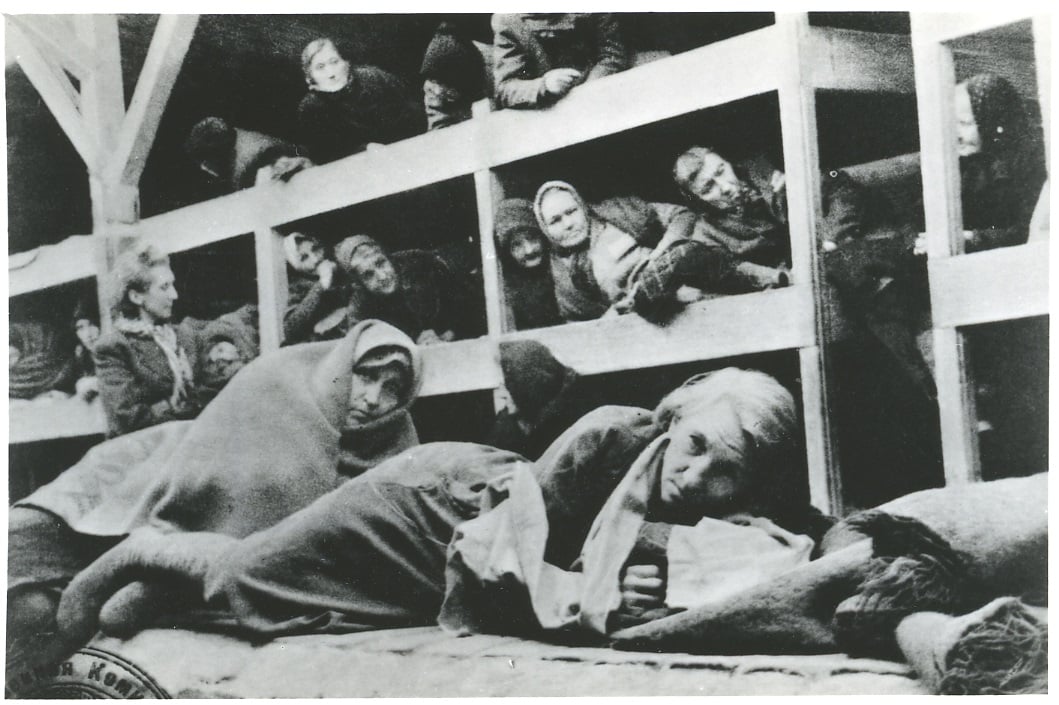
Women prisoners in barracks at the Auschwitz-Birkenau concentration camp
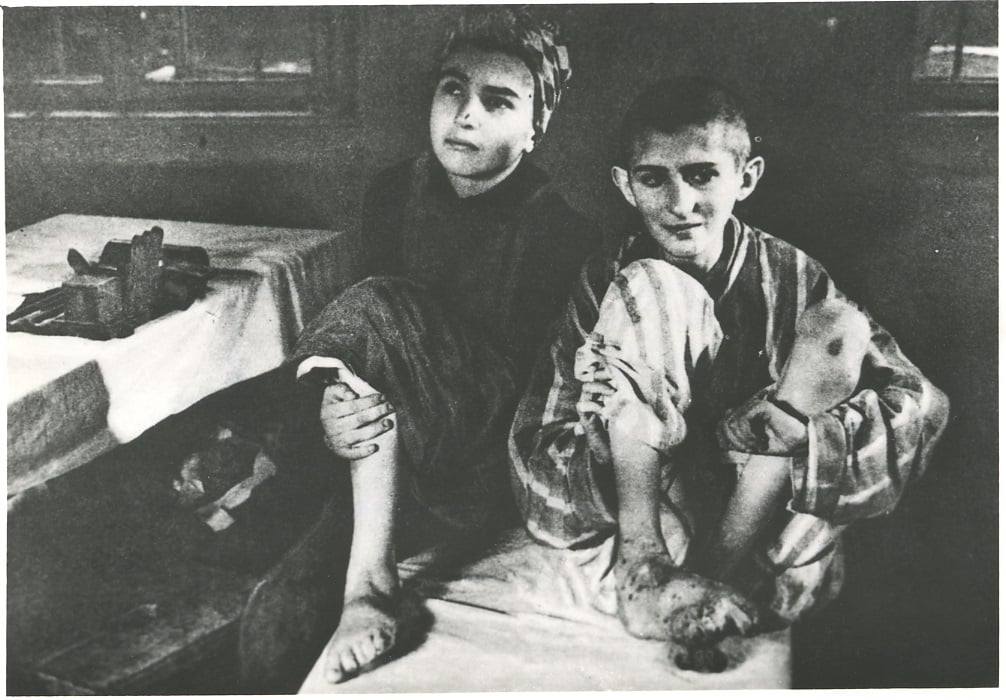
Child survivors of the Auschwitz concentration camp

A pregnant woman and her children arriving at the Auschwitz concentration camp

The electric fence and a guard tower at the Auschwitz concentration camp. Photograph by J. Kuś
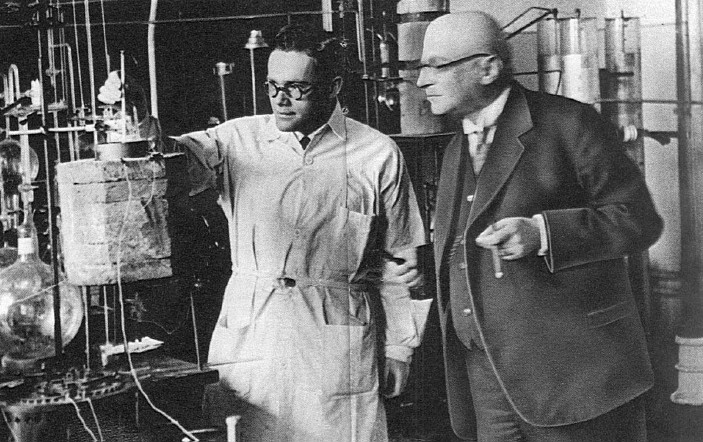
German chemist Fritz Haber, creator of Zyklon B, a pesticide used for killing humans in German Nazi concentration camps, in his laboratory

Child survivors of the Auschwitz concentration camp
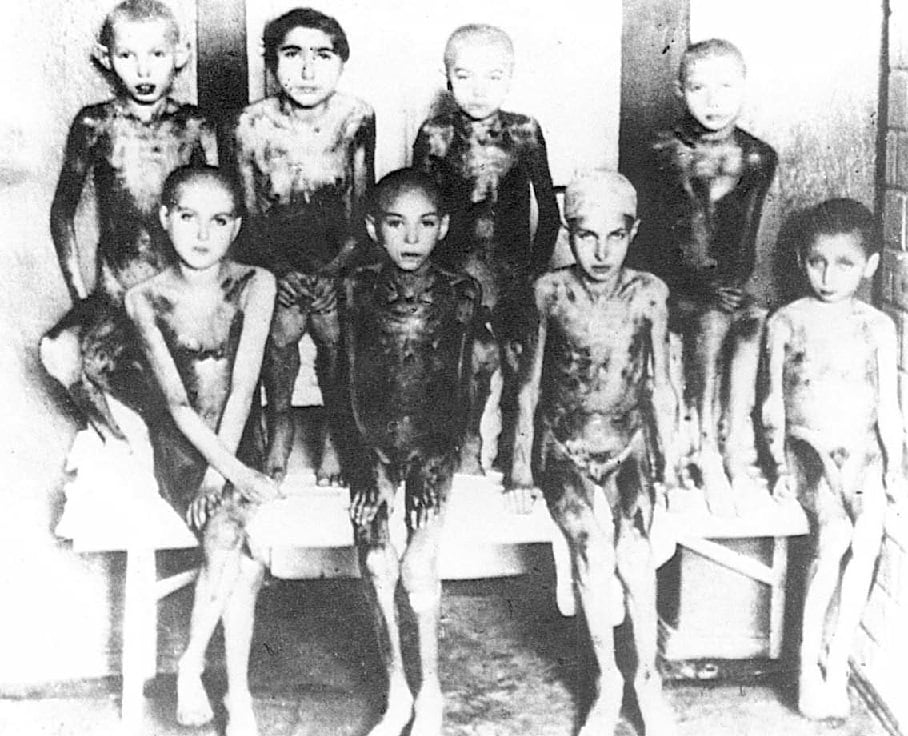
Children at a German Nazi concentration camp
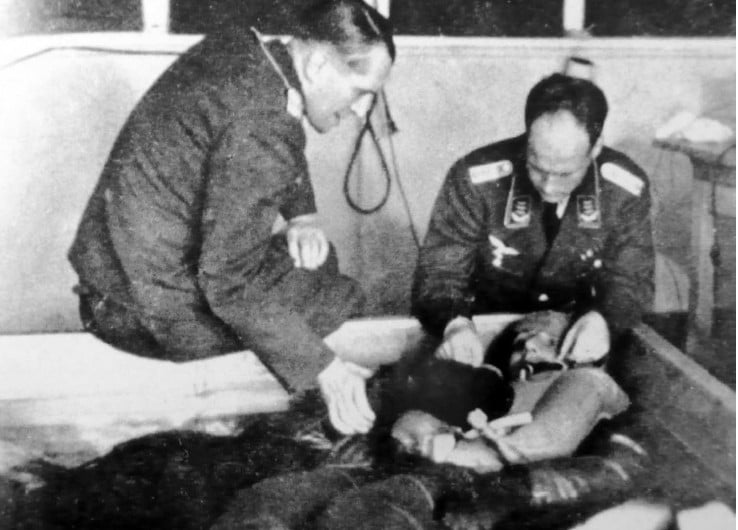
German Nazi doctors conducting pseudo-medical experiments

The electric fence and a guard tower at the Auschwitz concentration camp. Photograph by C.O. Mostowski
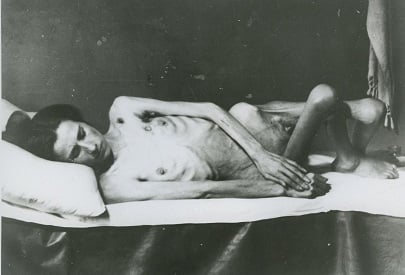
A female prisoner after camp liberation

Child prisoners at the Auschwitz concentration camp

The selection ramp at the Auschwitz-Birkenau concentration camp
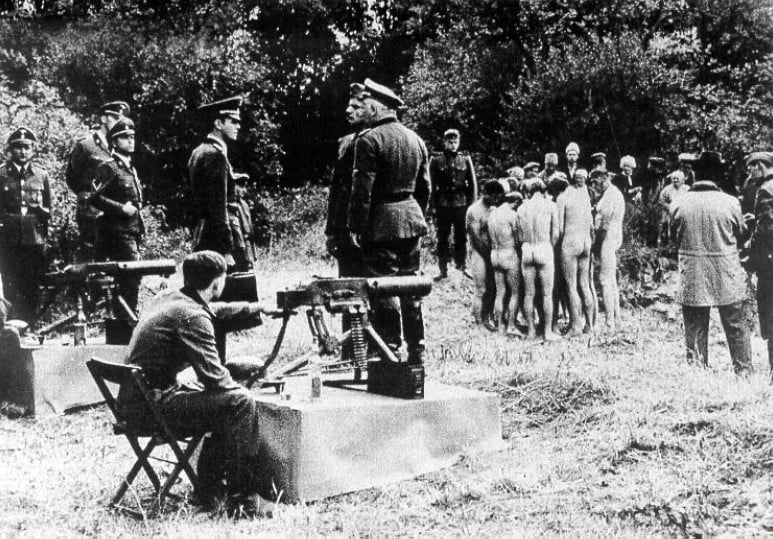
German officers preparing for execution
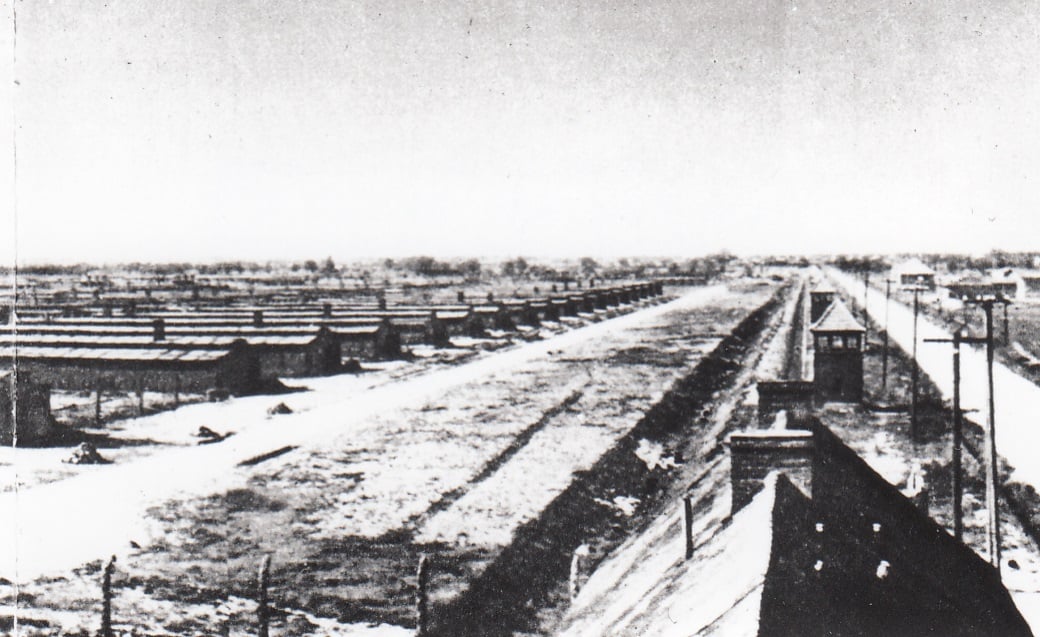
Barracks at the Auschwitz-Birkenau concentration camp

The selection process

Mothers and children in a concentration camp
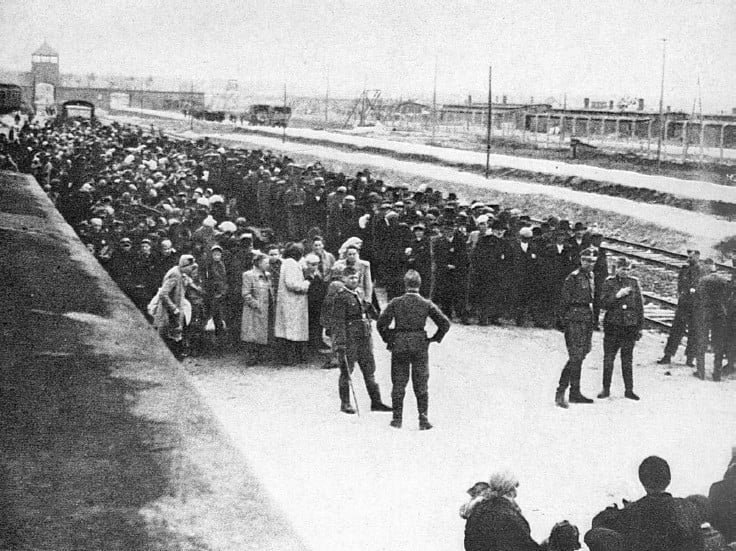
The ramp at the Auschwitz-Birkenau concentration camp
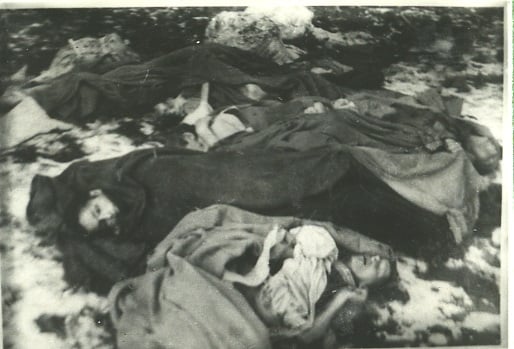
Bodies of victims of the Auschwitz concentration camp

A musulman after camp liberation
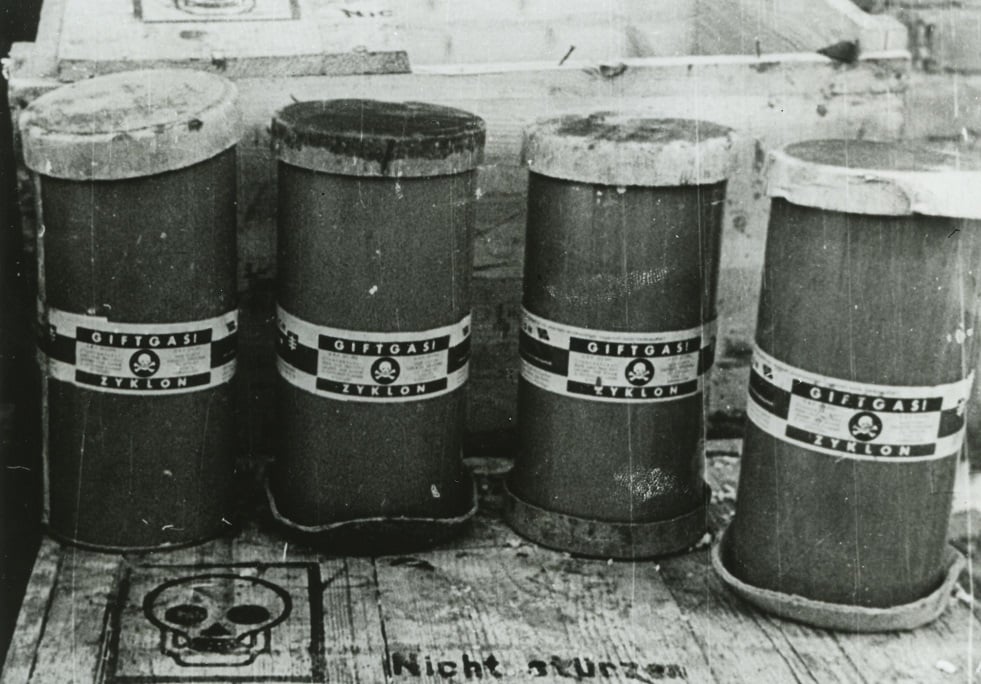
Cans of Zyklon B
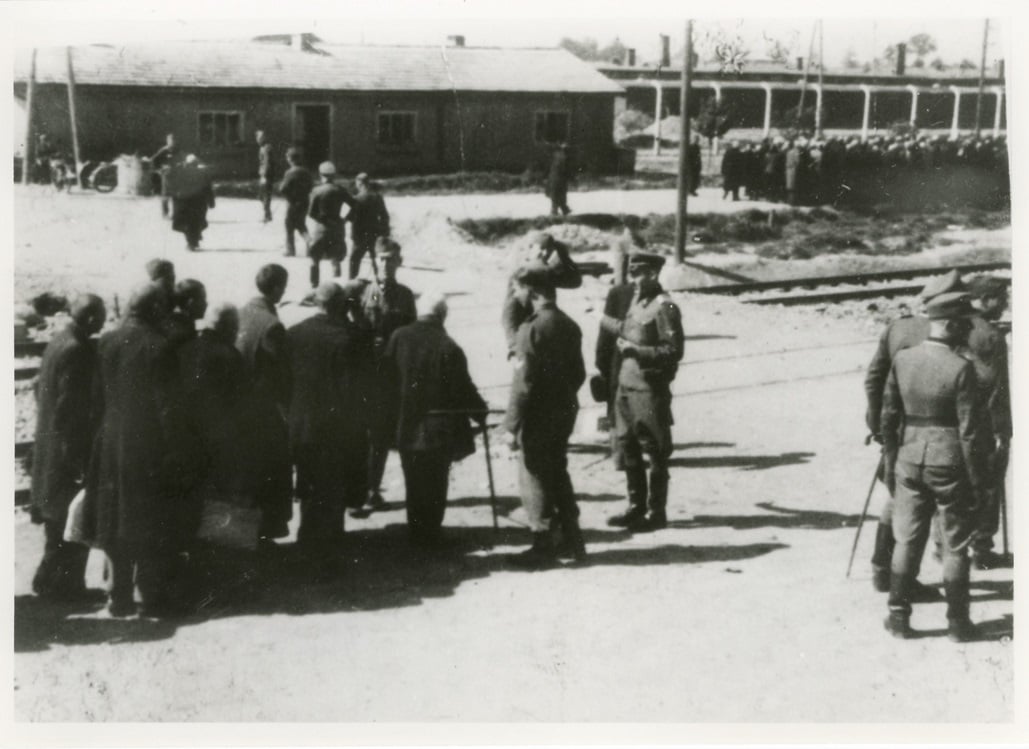
The selection process

Adolf Hitler and his officers

Mothers and children after selection for the gas chamber

Piles of dead bodies
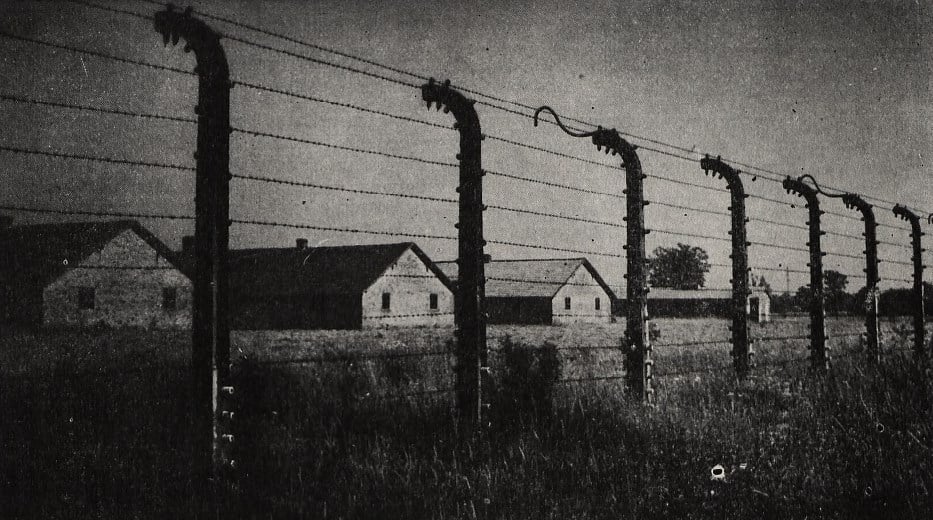
Barracks at the Auschwitz-Birkenau concentration camp. Photograph by A. Kaczkowski
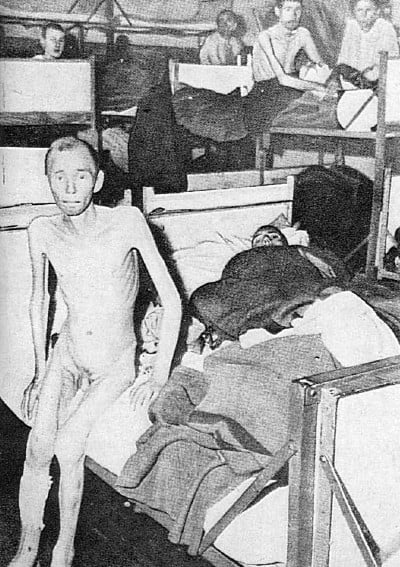
Prisoners in a German Nazi concentration camp
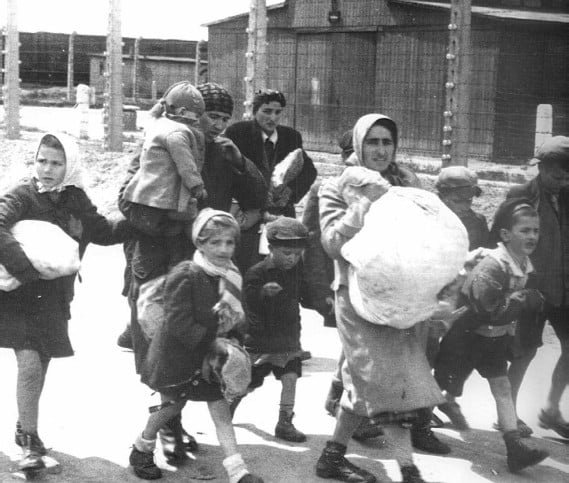
Mothers and children after selection
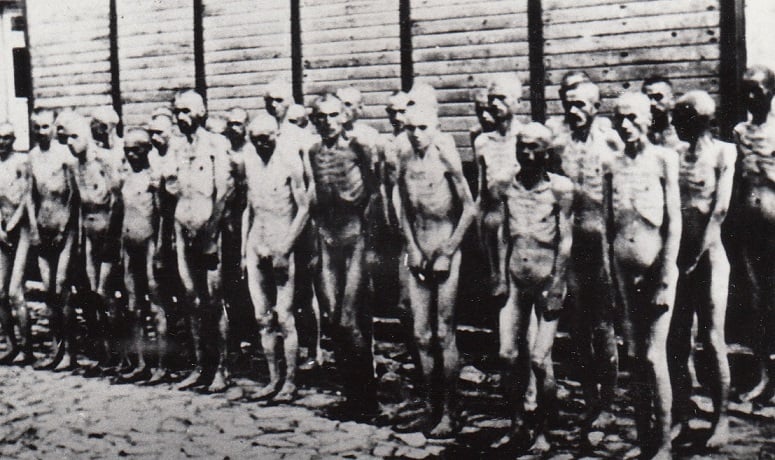
Prisoners of the Mauthausen concentration camp
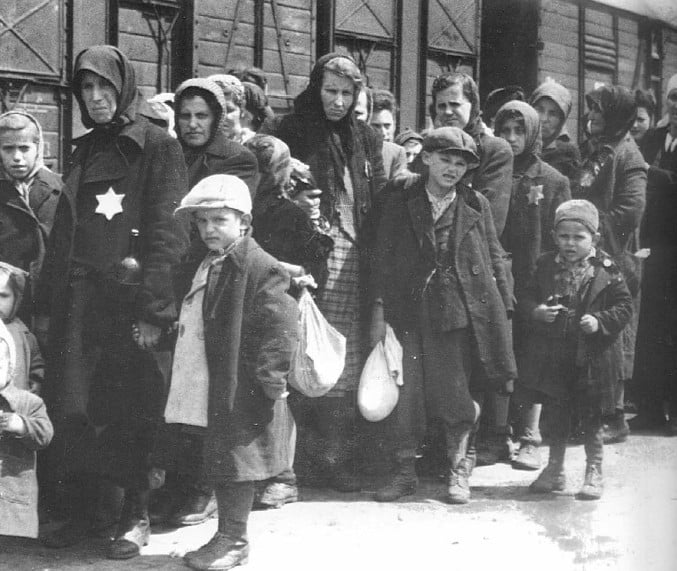
Mothers and children (Auschwitz-Birkenau)
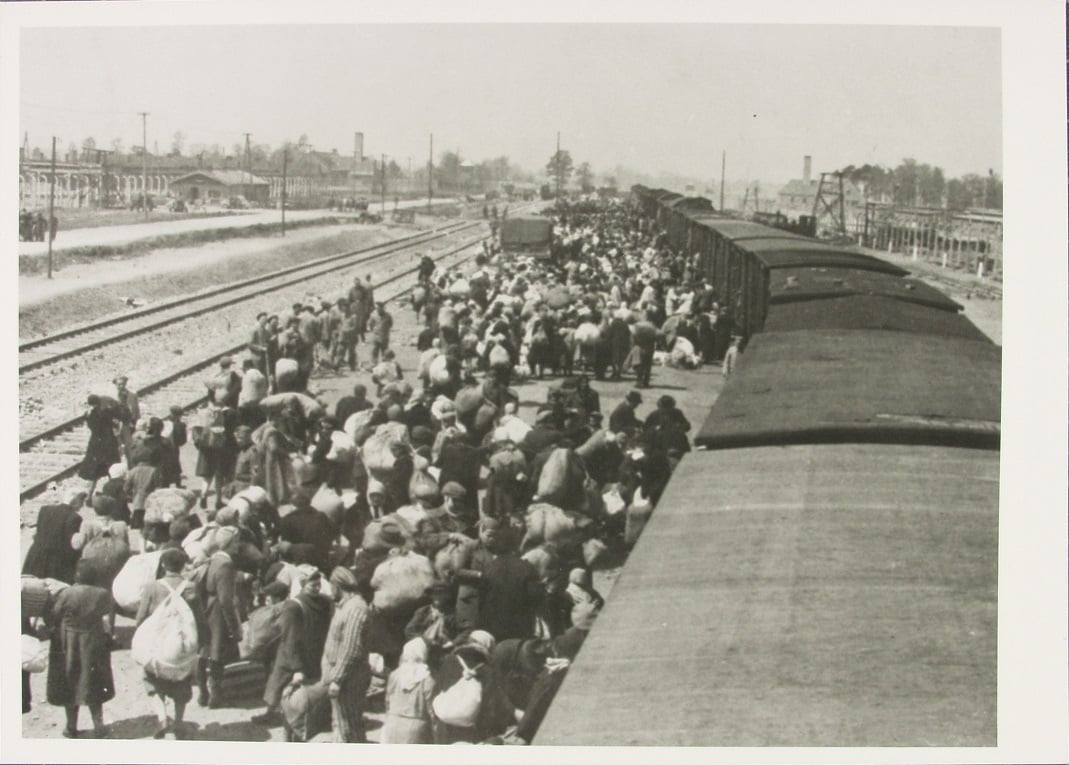
Selection for the gas chamber at the Auschwitz-Birkenau concentration camp

The Auschwitz-Birkenau concentration camp. Photograph by W. Rospondek

The selection ramp at the Auschwitz-Birkenau concentration camp
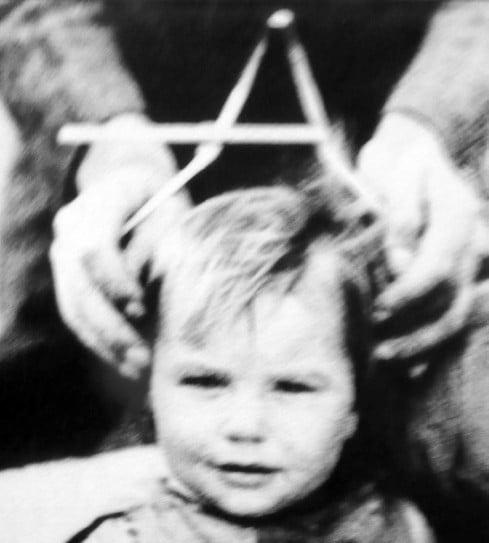
A German doctor examining a little girl for “racial purity”
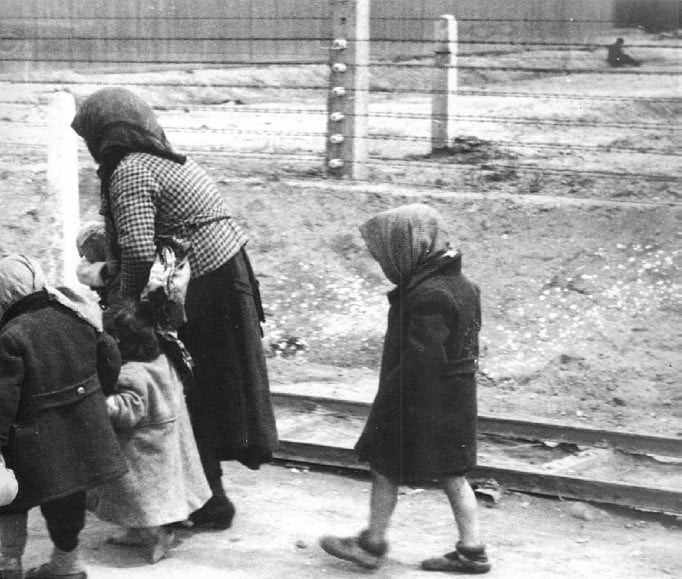
Mothers and children after selection (Auschwitz-Birkenau)
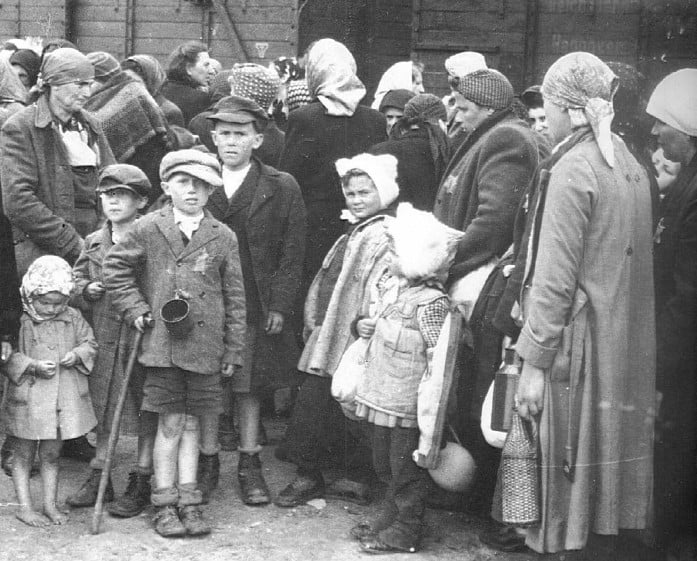
Mothers and children (Auschwitz-Birkenau)

Prisoners in a German Nazi concentration camp
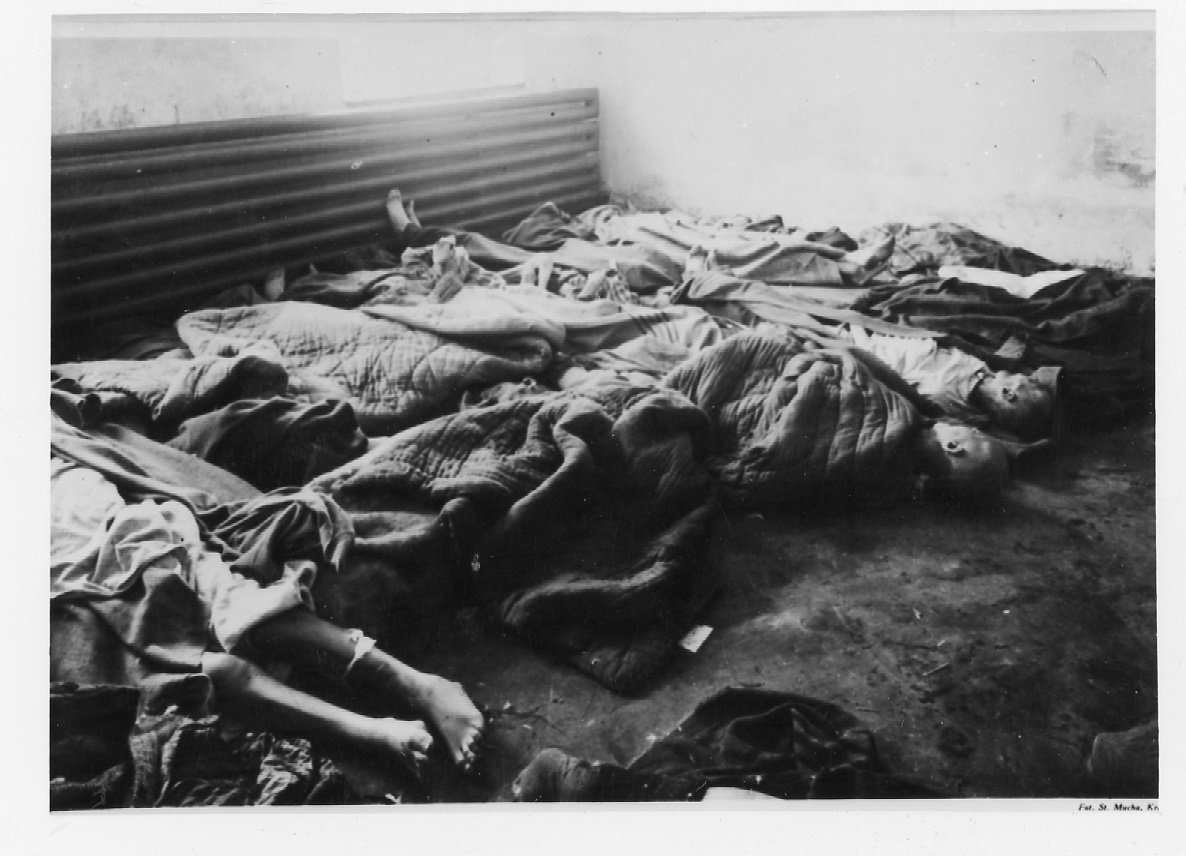
Corpses of prisoners of the Auschwitz concentration camp (Block 11)
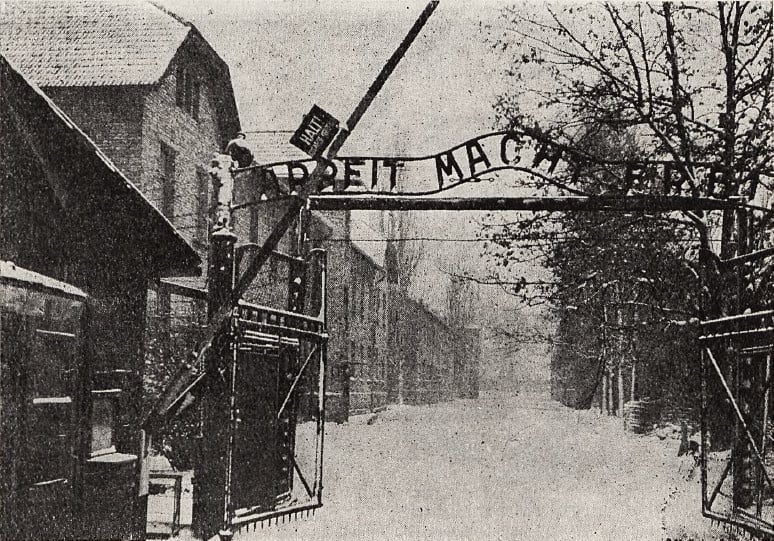
Entrance into the Auschwitz main camp (27 January 1945)
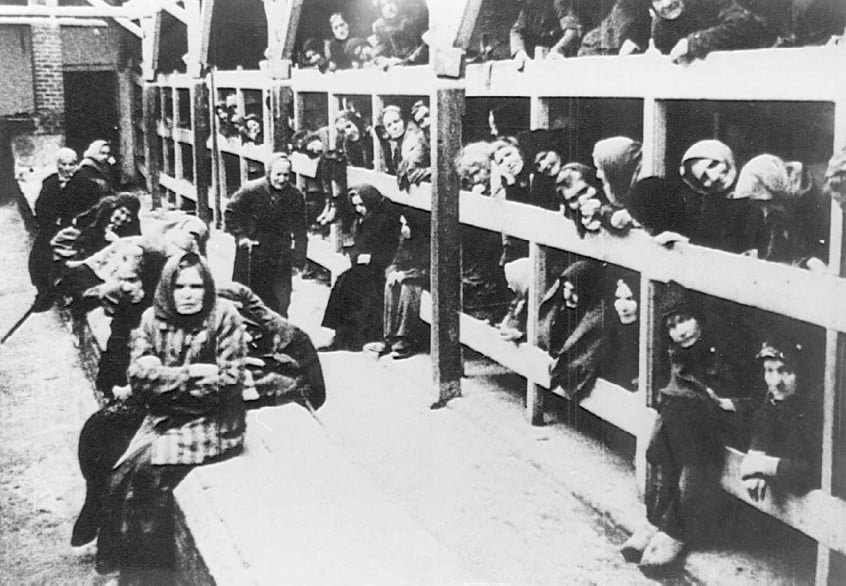
Women prisoners in barracks at the Auschwitz-Birkenau concentration camp

Arthur Greiser, one of the organizers of the Holocaust

Corpses of prisoners of the Bergen-Belsen concentration camp

Memorial at the former Bergen-Belsen concentration camp
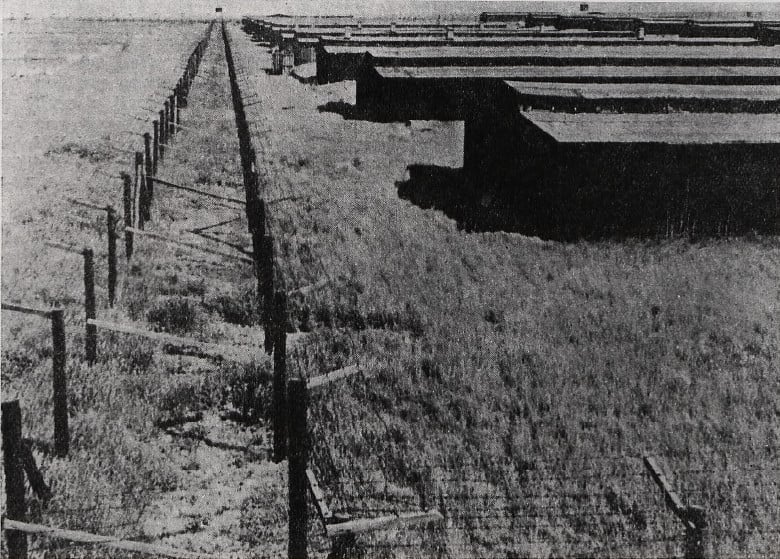
Barracks at the Majdanek concentration camp

The Auschwitz-Birkenau concentration camp (27 January 1945)

An abandoned brickwork block at Auschwitz after liberation, 1945

The Auschwitz-Birkenau concentration camp (27 January 1945)

An abandoned wooden barrack Auschwitz-Birkenau after liberation, 1945
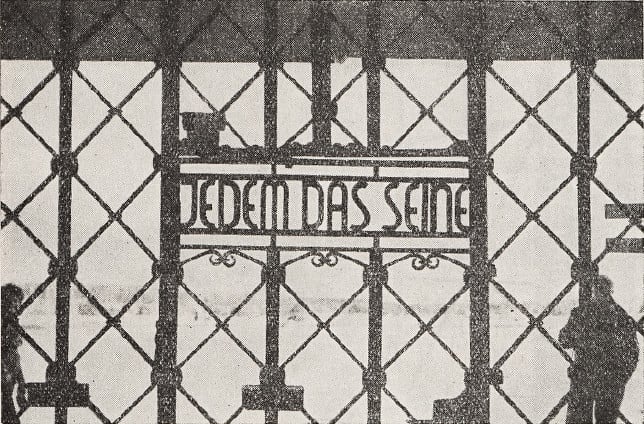
The gate at the Buchenwald concentration camp: Jedem das Seine (to each his own)
